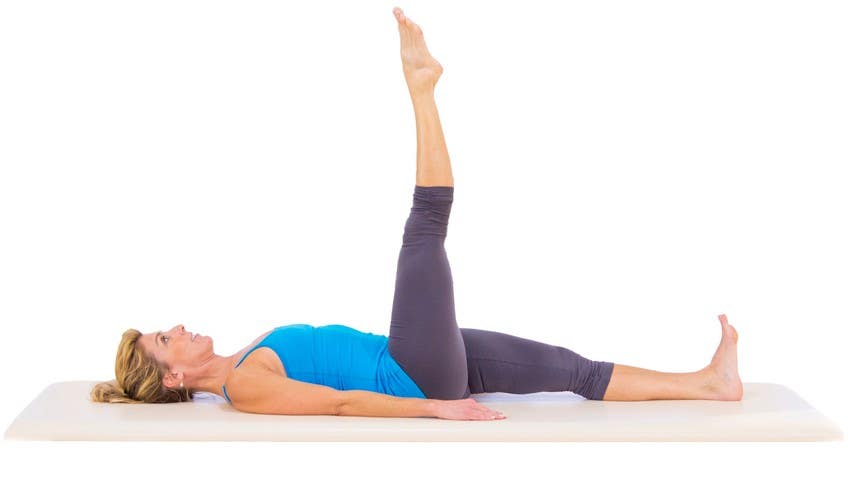If you have a lower extremity injury or have had hip, knee, or ankle surgery, you may benefit from physical therapy to help you fully recover.
Exercises may be prescribed to improve the mobility of your leg. The straight leg raise exercise is one of the physical therapy staples that can help improve your lower extremity strength and help improve your function related to walking.

1. Sit or lie down on your back
2. Bend the knee of your non-affected leg to a 90-degree angle keeping your foot flat on the floor.
3. Tighten the muscles on your affected leg or straight leg by trying to contract your quadriceps muscles.
4. Keep your quadriceps muscles tightened, and then slowly lift the affected leg off the floor. it should be around in full range, approximately 15-18cm. it can be varied from patient to Patient.
5. hold the leg off.
6. slowly down the affected leg to the floor.
7. Relax and repeat. repetition may vary. ask your Physiotherapist for the workout repetition.
Exercises may be prescribed to improve the mobility of your leg. The straight leg raise exercise is one of the physical therapy staples that can help improve your lower extremity strength and help improve your function related to walking.

How to Perform SLR?
1. Sit or lie down on your back2. Bend the knee of your non-affected leg to a 90-degree angle keeping your foot flat on the floor.
3. Tighten the muscles on your affected leg or straight leg by trying to contract your quadriceps muscles.
4. Keep your quadriceps muscles tightened, and then slowly lift the affected leg off the floor. it should be around in full range, approximately 15-18cm. it can be varied from patient to Patient.
5. hold the leg off.
6. slowly down the affected leg to the floor.
7. Relax and repeat. repetition may vary. ask your Physiotherapist for the workout repetition.
Keep in Mind while performing SLR, Continue to inhale and exhale throughout the exercise. Concentrate on contracting the muscles on the front of the thigh. it will be very beneficial.
If you are performing the straight leg raise exercise and you are unable to keep your knee fully straight, your quadriceps muscles may not be strong enough to perform this exercise.
To make the straight leg raise more challenging, you can add a small cuff weight to your leg. it increases resistance, gravity acts more thus muscles have to work more ( indicated to only muscles with strength ).



Comments
Post a Comment